Discover 11 hidden attractions, cool sights, and unusual things to do in St Mary's (United Kingdom). Don't miss out on these must-see attractions: St Mary's Old Church, Bant's Carn, and Peninnis Lighthouse. Also, be sure to include Buzza Tower in your itinerary.
Below, you can find the list of the most amazing places you should visit in St Mary's (England).
Table of Contents
St Mary's Old Church

St Mary's Old Church, St Mary's is a parish church in the Church of England located in Old Town on St Mary's, Isles of Scilly, Cornwall, United Kingdom.[1]
Bant's Carn
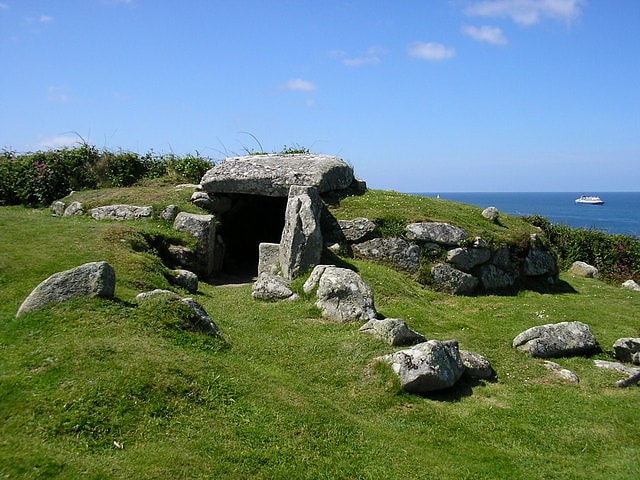
Historical landmark in England. Bant's Carn is a Bronze Age entrance grave located on a steep slope on the island of St Mary's in the Isles of Scilly, England. The tomb is one of the best examples of a Scillonian entrance grave. Below Bant's Carn, lies the remains of the Iron Age village of Halangy Down.[2]
Peninnis Lighthouse
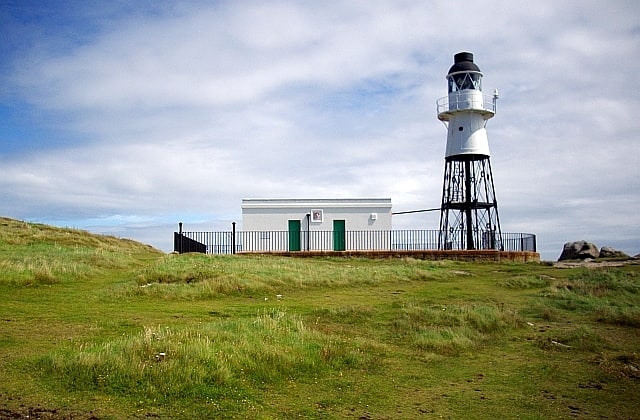
Lighthouse in England. Peninnis Lighthouse is situated on Peninnis Head, St Mary's, Isles of Scilly.[3]
Buzza Tower
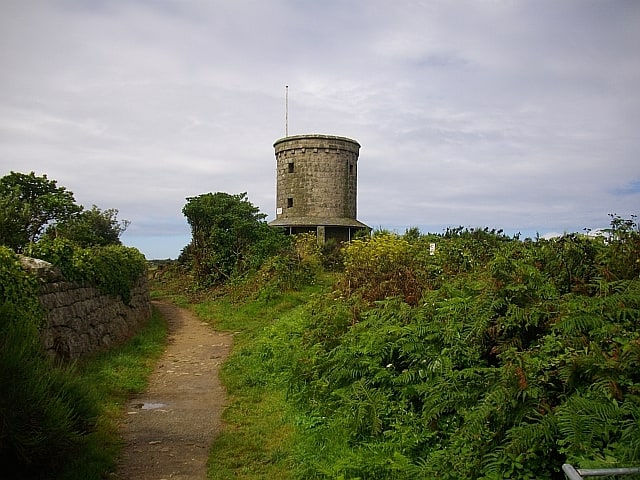
Tourist attraction in England. Buzza Tower is a Grade II listed structure on St Mary's, Isles of Scilly now used as a camera obscura.
The tower was built in 1821 as a windmill. It was restored in 1912 as a memorial to King Edward VII when the exterior was provided with sheltered seating.
Between 2012 and 2014 the tower was restored and a camera obscura was installed which opened to the public in 2014.[4]
Innisidgen
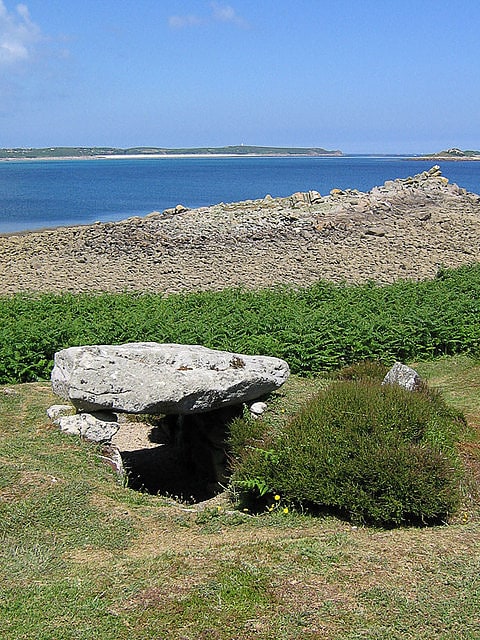
Innisidgen is the site of two Bronze Age entrance graves on the island of St Mary's in the Isles of Scilly. The two burial monuments, lie on a steep slope of Innisidgen Hill overlooking Crow Sound with a view towards the Eastern Isles.[5]
Porth Hellick Down
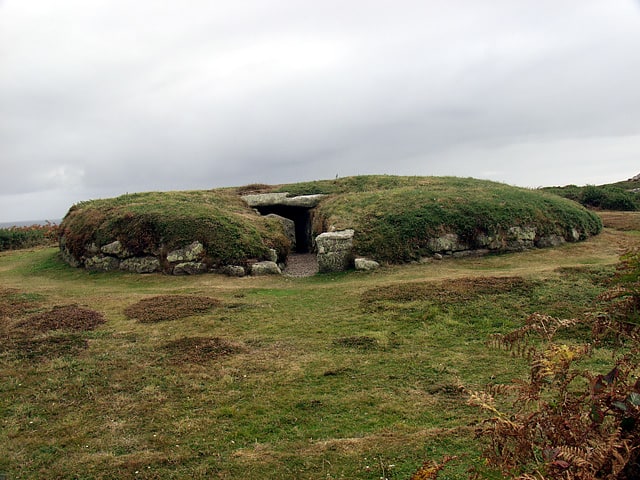
Historical landmark in England. Porth Hellick Down is a Neolithic and Bronze Age archeological site located on the island of St Mary's, in the Isles of Scilly in Great Britain. The ancient burial monument encompasses a large cairn cemetery that includes at least six entrance graves, other unchambered cairns, and a prehistoric field system. The site is notable for having the largest assembly of surviving entrance graves.[6]
St Mary's Church
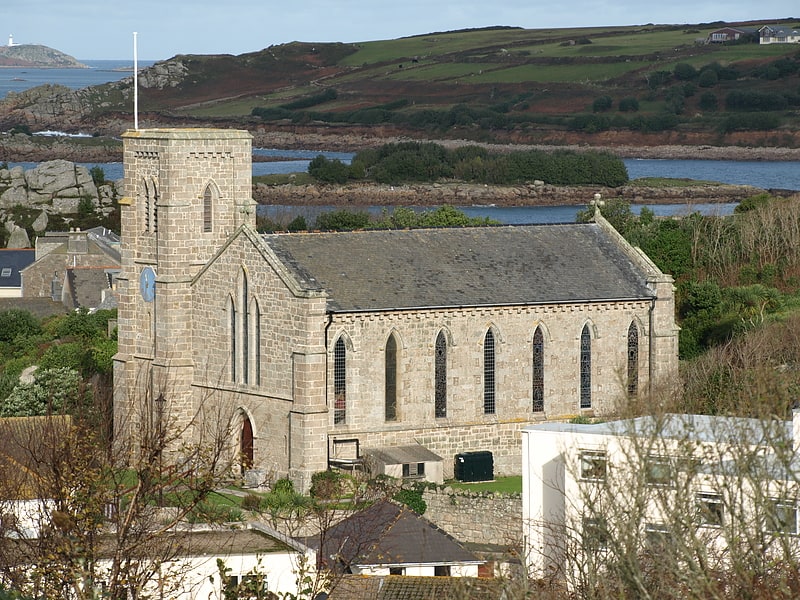
Methodist church in England. St Mary's Church, St Mary's is a parish church in the Church of England located in Hugh Town, St Mary's, Isles of Scilly, UK. The Church was consecrated on 7 September 1838 and replaced the church at Old Town which was inconvenient for the Hugh Town population and in need of repair.[7]
Glandore Gallery on Scilly

Gift shop, Paint and pottery studios, Art gallery, Shopping, Classes and workshops, Museum
Address: Porth Loo, TR21 0NE St Mary's
Lower Moors
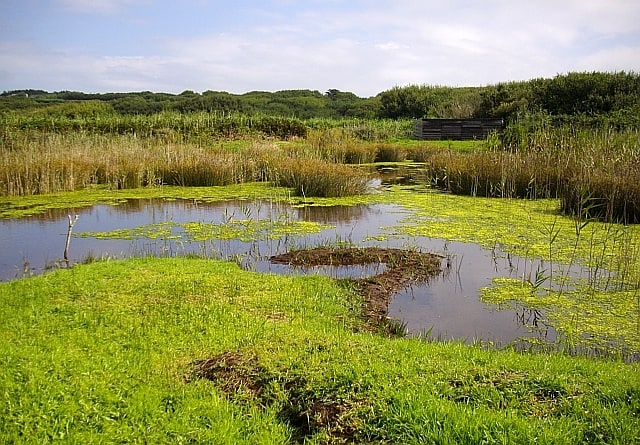
Nature preserve in England. The Lower Moors is a wetland between Hugh Town and Old Town Bay on St Mary's, the largest island in the Isles of Scilly. The Isles of Scilly are an archipelago off the southwestern tip of the Cornish peninsula of Great Britain.
The site is owned and managed by the Isles of Scilly Wildlife Trust and is within the Isles of Scilly Area of Outstanding Natural Beauty. First designated as a Site of Special Scientific Interest (SSSI) in 1971 for its range of wetland habitats; it is an important feeding station for migrating and wintering birds such as common snipe and water rail. In 2007 Cavell Smith found a (great blue heron); the first confirmed record for Britain. The second British record for great blue heron also occurred on Lower Moor and, was also found by Cavell Smith.[8]
Coastguard's Lookout Tower
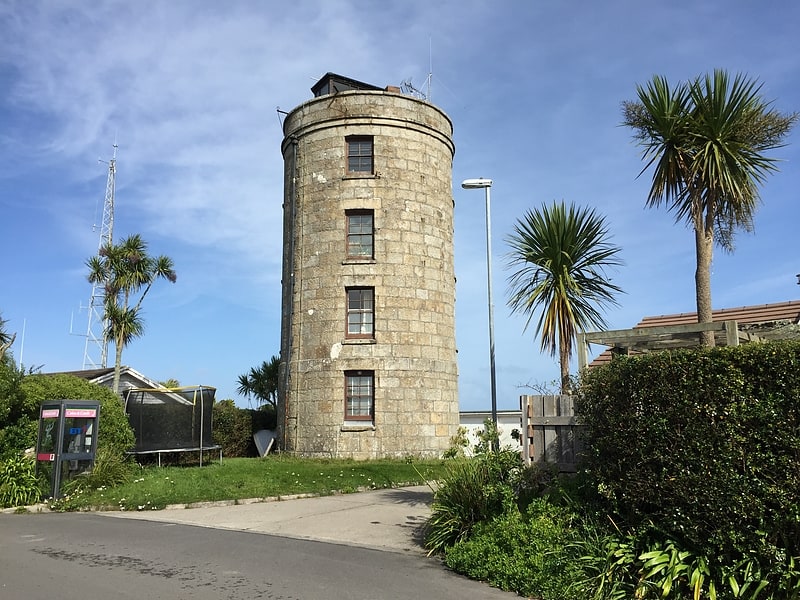
Coastguard’s Lookout Tower, now known as Telegraph Tower, is a Grade II listed structure built around 1814-16 on St Mary's, Isles of Scilly as a Signal station for the Admiralty.
In May 1812 the military governor of the Isles of Scilly, Lieutenant General Vigoureux, requested a new signal tower station on Newford Down, St Mary’s to allow signals to be passed from the mainland in Cornwall to the batteries below Star Castle. The Admiralty agreed and adverts for its construction were placed in October 1813.
After a series of delays, the tower was erected by Messrs. Hambledon. The date of construction is quoted as 1814, but it was reported in the Hampshire Chronicle on 8 January 1816 that had been erected on Newford Down, Scilly, and Lieutenant John Trinder RN was appointed to superintend it.
However, the tower appears to have been unsuccessful and in December 1816, it was closed down by the Admiralty and the building reverted to the custody of the land owner, George Osborne, 6th Duke of Leeds.
In 1831 the site was taken over by HM Coastguard as a subsidiary to the main station situated on the Garrison.
In 1903 a wireless mast and receiving office were built nearby, The Newford Down semaphore station became known as Telegraph Tower, and the area around it is now known as Telegraph. The Lloyd’s Mercantile Marine Signal Station in the garrison was closed and the work of signalling passing ships was carried out by the coastguards at Telegraph Tower.
In 1908 a telegraph house was erected on the tower's roof by the contractor, Arthur Carkeep.
Today, most of the tower is a residential property owned by the Duchy of Cornwall.[9]
Garrison Tower
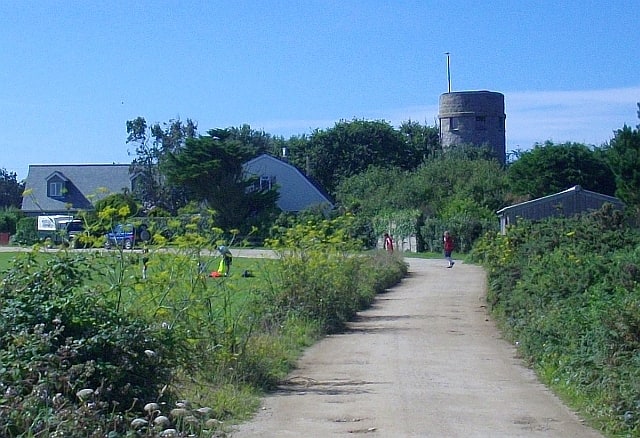
Garrison Tower is a Grade II listed structure on St Mary's, Isles of Scilly
The tower was built in the 17th century as a windmill. By 1750 it was abandoned and in a ruined condition. The remains were converted to a lookout tower in the 1830s by HM Coastguard.
In 1869, the Shipping and Mercantile Gazette obtained it as a lookout post to report shipping movements. It was taken over by Lloyd's of London in 1871.[10]